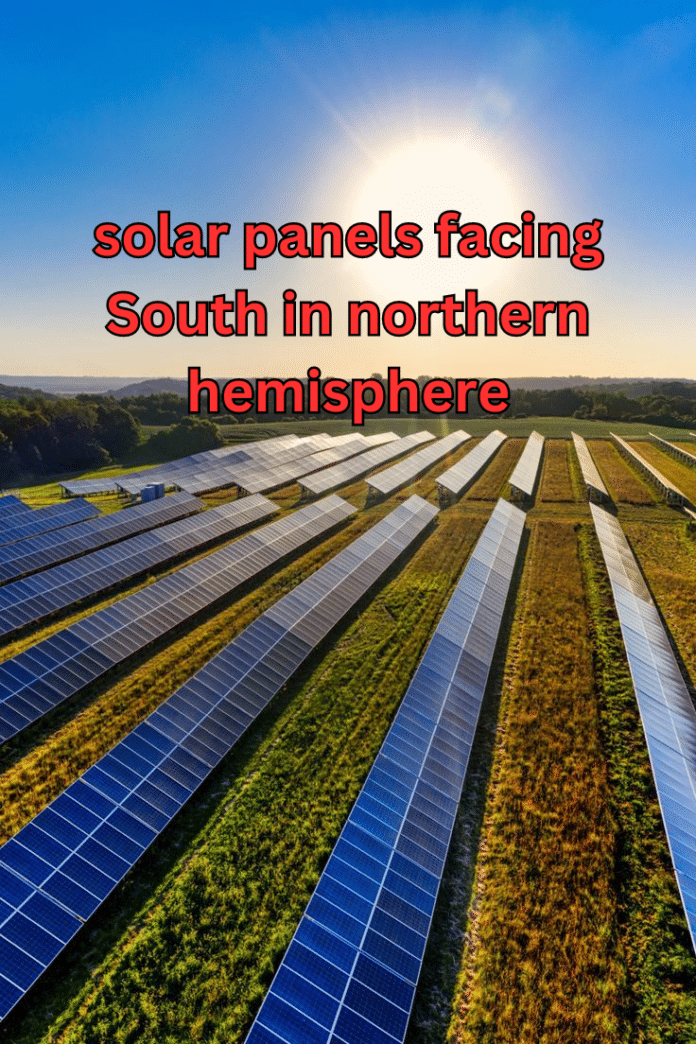Why do solar panels facing south?
Solar panels are designed to capture sunlight and convert it into usable electricity. To maximize their efficiency and output, it is generally recommended that solar panels face south. But why is this the preferred orientation? Let’s explore the reasons behind this common practice.
1. Optimal Sun Exposure
By facing south, solar panels are able to receive the maximum amount of sunlight throughout the day. This is because the sun is positioned in the southern part of the sky for most locations in the northern hemisphere. When solar panels are angled towards the south, they are able to capture sunlight at a more direct angle, resulting in higher energy production.
While it is possible to install solar panels facing other directions, such as east or west, they may not receive as much sunlight or produce as much energy. East-facing panels will receive more sunlight in the morning, while west-facing panels will receive more sunlight in the afternoon. However, the overall energy production over the course of a day will be lower compared to south-facing panels.
2. Consistent Energy Generation
Another reason for facing solar panels south is to ensure consistent energy generation throughout the year. By aligning the panels in this direction, they can capture sunlight from the sun’s highest point in the sky during the summer solstice, as well as from a lower angle during the winter solstice.
During the summer months, the sun is higher in the sky, and south-facing panels can capture more sunlight for longer periods of time. This results in increased energy production during the peak summer season. In contrast, during the winter months, the sun is lower in the sky, but south-facing panels can still capture a significant amount of sunlight due to their optimal orientation.
3. Maximum Efficiency
Solar panels are most efficient when they are directly facing the sun’s rays. When panels are angled towards the south, they are able to receive sunlight at a more perpendicular angle, maximizing their efficiency. This means that a greater percentage of the sunlight that hits the panels is converted into usable electricity.
By facing south, solar panels can avoid shading issues caused by nearby trees, buildings, or other obstructions. Shading can significantly reduce the efficiency of solar panels, as it blocks sunlight from reaching the surface of the panels. South-facing panels are less likely to be shaded throughout the day, resulting in higher overall efficiency and energy production.
Final thoughts
While it is possible to install solar panels facing other directions, the preferred orientation is south. By facing south, solar panels can maximize sun exposure, ensure consistent energy generation throughout the year, and achieve maximum efficiency. These factors contribute to higher energy production and a more cost-effective solar energy system.
It is important to note that the optimal orientation may vary depending on the specific location and climate conditions. Factors such as latitude, local weather patterns, and shading should be taken into consideration when determining the best orientation for solar panels. Consulting with a professional solar installer can help ensure that your solar panels are positioned for optimal performance and energy production.
